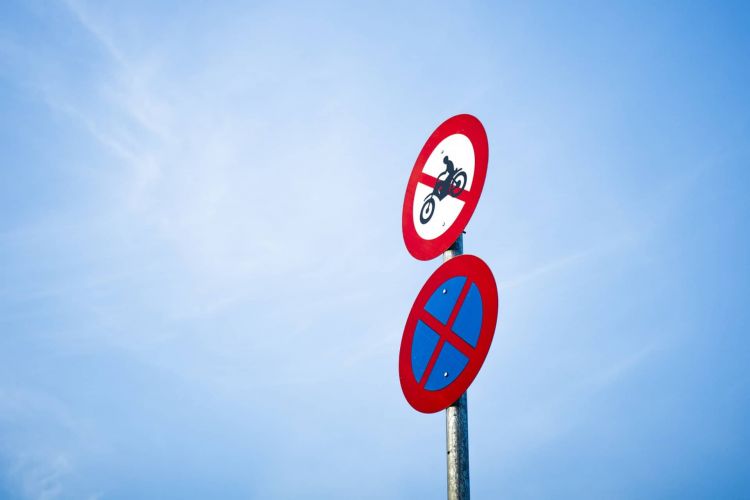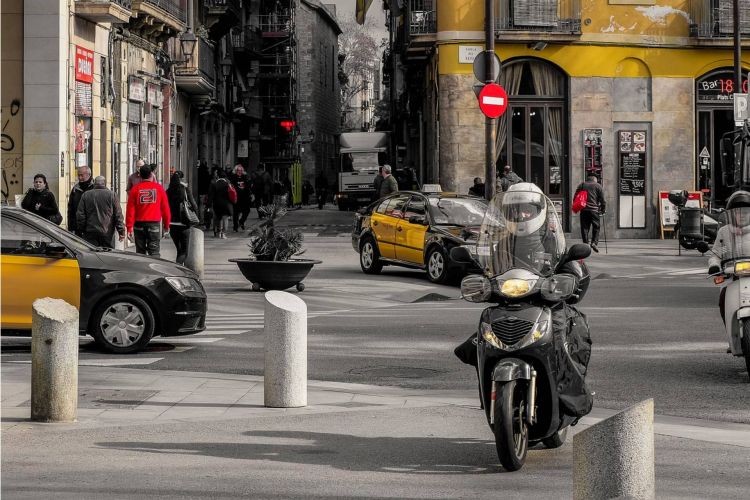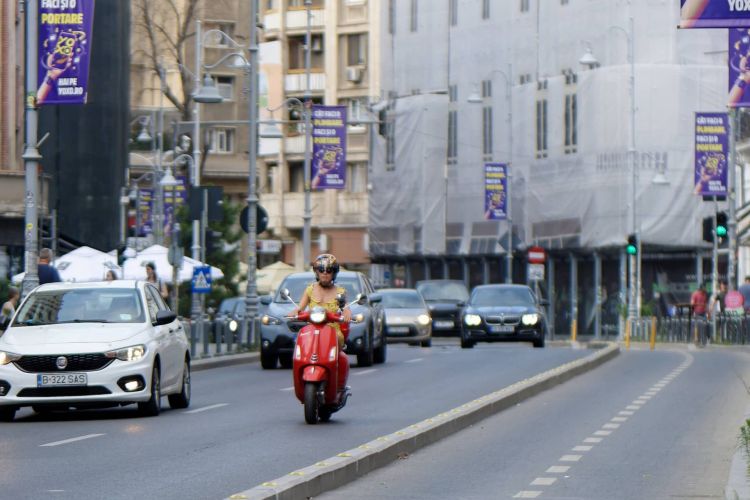In 2019, Estamos Seguros and the National Association of Two-Wheeled Sector Companies (ANESDOR) prepared a report in which they pointed out that, in Spain, there are 3.2 million two-wheeled vehicles: 1.92 million are motorcycles, which They don’t have their own space. The DGT is aware of this and therefore, Pere Navarro emphasizes the need to create specific lanes for them.
Pere Navarro, general director of the DGT, has defined motorcycles as the great protagonists of urban mobility and has pointed out that, despite this, they lack their own space in cities: “They don’t have any reserved space. The buses have the bus lane; bicycles, the bike lane; pedestrians, the sidewalk and cars one or two lanes for them. All of this causes motorcycles to have to fight for their space”.
From your point of view, “A reflection is needed on the possible redistribution of the space to adapt it to the new circumstances”. Or what is the same: to shape special lanes for motorcycles, just as they already exist for bicycles or Personal Mobility Vehicles (VMP). The director of the DGT has given Latin America as an example, where several cities have lanes reserved solely for this type of vehicle: “They have managed to get motorcycles and mopeds to circulate through this space.”
Motorbike lanes and bus-taxi lane
Was Vigo the first city in Spain that, several years ago, opted for a motorcycle lane delimiting the central part of the road for this type of vehicle and leaving the sides for passenger cars and other vehicles. This lane led to the area reserved for motorcycles at traffic lights.
In the rest of Spain, motorbikes usually use the bus-taxi lane when allowed. This area of the road is designed to facilitate the mobility of buses and taxis, but its management depends on the municipalities. Therefore, each local administration decides if motorcycles can circulate there or not: in Barcelona it is prohibited, but in Madrid (and in many other cities) it is allowed. In the case of the capital of Spain, yes, mopeds cannot use the bus-taxi lane and some sections of it (such as Paseo de la Castellana) are prohibited for all two-wheeled vehicles.
Focus on infrastructures
Pere Navarro’s statements took place during the signing of an agreement between the DGT and the City Council of Barcelona, with which they intend to reduce the high accident rates of motorcycles: 33% of the vehicles registered there are motorcycles, which is why we are talking about one of the cities in the world with the most vehicles of this type
So far this year, in Barcelona, 16 motorists have lost their lives. And according to the balance of road accidents for the first half of 2022, 86.3% of the serious injuries that occur in traffic accidents are motorcyclists.
The DGT and Barcelona will work on three fronts. They will create initiatives or pilot projects (training, practical demonstrations and campaigns) focused on the behavior of motorbike and moped drivers to influence their behaviour. They will implement technological innovations on the motorcycles themselves and on the road: more efficient signaling, driving aids… and the use of the airbag vest, which the DGT considers essential.
Finally, they will put the spotlights on the infrastructures, identifying the points with the highest accident rate, improving the crossings and separators of the bike lanes, increasing the visibility of motorcycles… It will be in this section where They will value the creation of motorcycle lanes.



